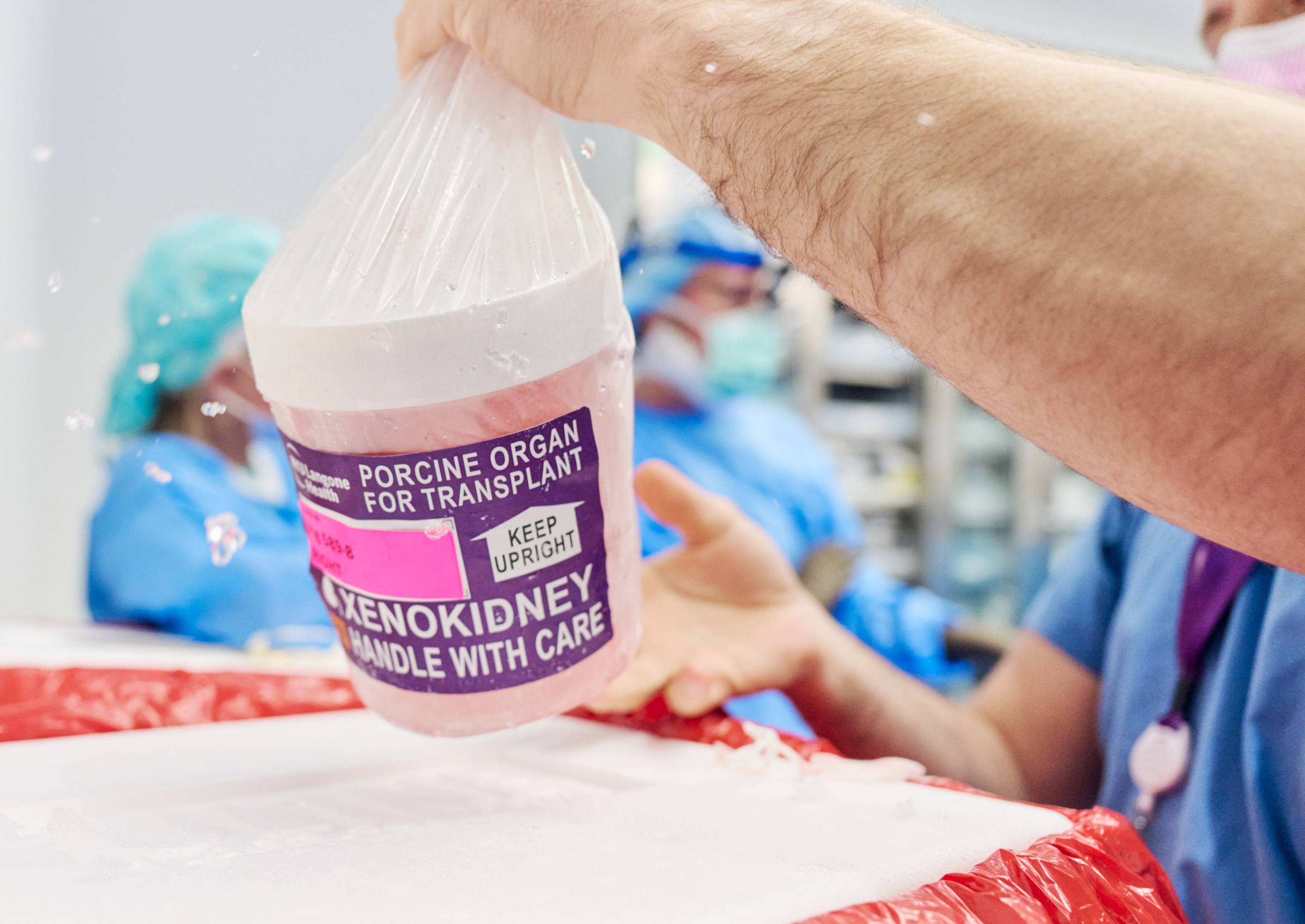A new kind of gene-edited pig kidney was just transplanted into a person


“It’s an awfully exciting time,” says Andrew Cameron, a transplant surgeon at Johns Hopkins Medicine in Baltimore. “There is a bright future in which all 100,000 patients on the kidney transplant wait list, and maybe even the 500,000 Americans on dialysis, are more routinely offered a pig kidney as one of their options,” Cameron adds.
All the living patients who have received pig hearts and kidneys have accessed the organs under the FDA’s expanded access program, which allows patients with life-threatening conditions to receive investigational therapies outside of clinical trials. But patients may soon have another option. Both Johns Hopkins and NYU are aiming to start clinical trials in 2025.
In the coming weeks, doctors will be monitoring Pisano closely for signs of organ rejection, which occurs when the recipient’s immune system identifies the new tissue as foreign and begins to attack it. That’s a concern even with human kidney transplants, but it’s an even greater risk when the tissue comes from another species, a procedure known as xenotransplantation.
To prevent rejection, the companies that produce these pigs have introduced genetic modifications to make their tissue appear less foreign and reduce the chance that it will spark an immune attack. But it’s not yet clear just how many genetic alterations are necessary to prevent rejection. Slayman’s kidney came from a pig developed by eGenesis, a company based in Cambridge, Massachusetts; it has 69 modifications. The vast majority of those modifications focus on inactivating viral DNA in the pig’s genome to make sure those viruses can’t be transmitted to the patient. But 10 were employed to help prevent the immune system from rejecting the organ.
Pisano’s kidney came from pigs that carry just a single genetic alteration—to eliminate a specific sugar called alpha-gal, which can trigger immediate organ rejection, from the surface of its cells. “We believe that less is more, and that the main gene edit that has been introduced into the pigs and the organs that we’ve been using is the fundamental problem,” Montgomery says. “Most of those other edits can be replaced by medications that are available to humans.”

JOE CARROTTA/NYU LANGONE HEALTH
The kidney is implanted along with a piece of the pig’s thymus gland, which plays a key role in educating white blood cells to distinguish between friend and foe. The idea is that the thymus will help Pisano’s immune system learn to accept the foreign tissue. The so-called UThymoKidney is being developed by United Therapeutics Corporation, but the company has also created pigs with 10 genetic alterations. The company “wanted to take multiple shots on goal,” says Leigh Peterson, executive vice president of product development and xenotransplantation at United Therapeutics.


